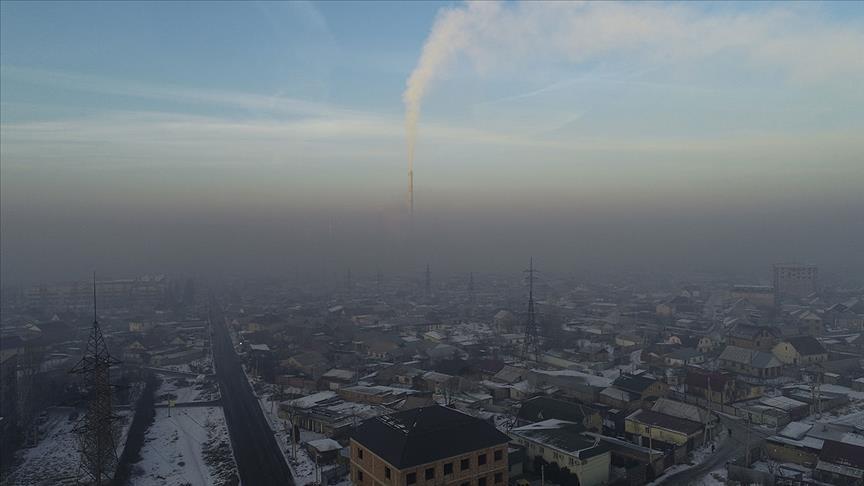Government pledges to reduce global warming are not going far enough to halve greenhouse gas emissions in the coming 10 years, according to a new analysis by the Climate Action Tracker (CAT).
Governments need to act more rapidly and implement more short-term action, the study found.
According to the CAT, the development of new technologies for the industrial and building sectors is too slow, although renewable electricity and electric vehicle sectors show much promise.
The analysis comes at a time when some countries are persisting on building new infrastructure, such as new coal-fired power plants, increasing the uptake of natural gas as a source of electricity, and using less efficient personal vehicles that do not help in the fight against climate change.
The study said the net-zero pledges governments made, including the US, to reduce global warming have brought down the projected end of century warming increase by 0.2 degrees Celsius to 2.4 degrees Celsius.
"While the number of countries adopting or considering net-zero targets has risen to 131 countries, covering 73% of global greenhouse gas emissions, it is the updated 2030 Paris Agreement 2030 targets, rather than the additional countries that contribute the most to the drop in projected warming," the study found.
The analysis shows that projected global warming drops to 2 degrees Celsius from net-zero emission pledges in the "optimistic scenario", assuming full implementation of all net-zero targets.
"It is clear the Paris Agreement is driving change, spurring governments into adopting stronger targets but there is still some way to go especially given that most governments do not yet have policies in place to meet their pledges," Bill Hare, CEO of Climate Analytics, one of CAT's partner organizations was quoted as saying.
"Our warming estimate from current policies is 2.9 degrees Celsius - still nearly twice what it should be and governments must urgently step up their action," he warned.
According to the study, the biggest contributors to the drop in projected warming are the US, the EU27, China and Japan, although China and Japan did not yet formally submit a new 2030 target to the UN.
Canada announced a new target while South Africa has advanced its target under public consultation. Argentina further strengthened its submitted target and the US has announced a stronger 2035 target to cut emissions by 78% compared to 1990 levels.
India, Indonesia, Mexico, Russia, Saudi Arabia and Turkey all spoke at the US Climate Leaders' Summit held virtually last month but none announced stronger nationally determined contributions (NDCs).
South Korea, New Zealand, Bhutan and Bangladesh all committed to submitting stronger NDC’s this year. Australia made a vague commitment to reaching net zero at an unspecified date but did not update its 2030 target. Brazil brought forward its climate neutrality goal but has changed its baseline, making its 2030 target weaker, according to the CAT.
"Just over 40% of the countries that have ratified the Paris Agreement, representing about half global emissions and a third of the global population, have submitted updated NDCs. The CAT’s final calculations on the 2030 emissions gap between Paris pledges and a 1.5˚C pathway show it’s been narrowed by 11-14%," it said.
By Nuran Erkul Kaya
Anadolu Agency
energy@aa.com.tr


